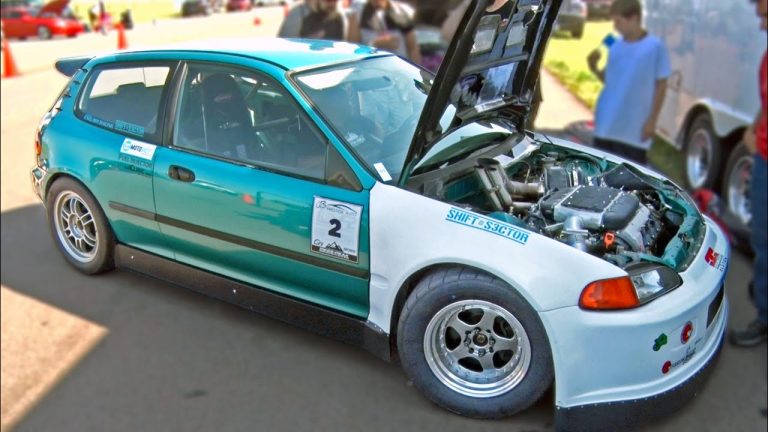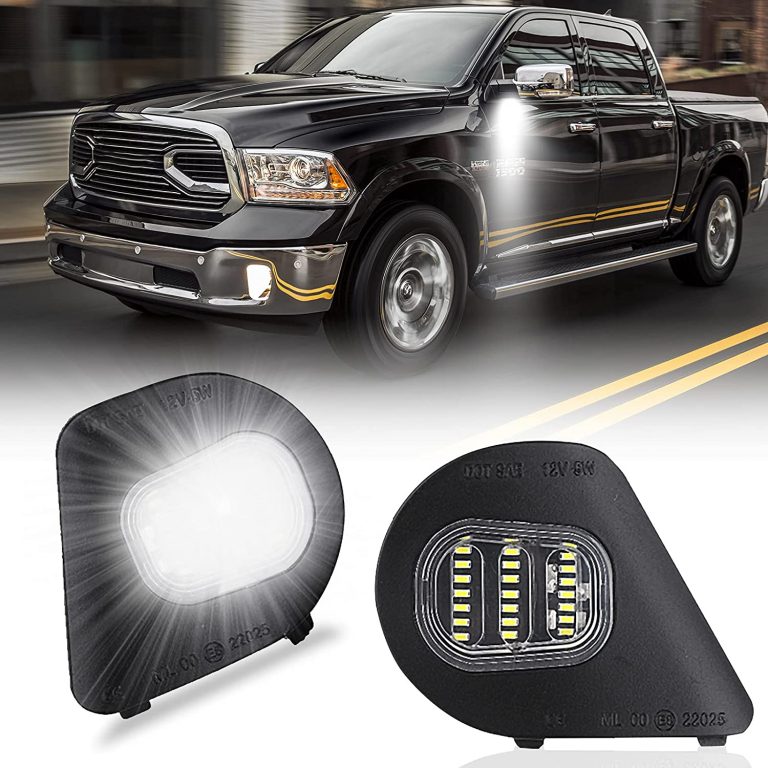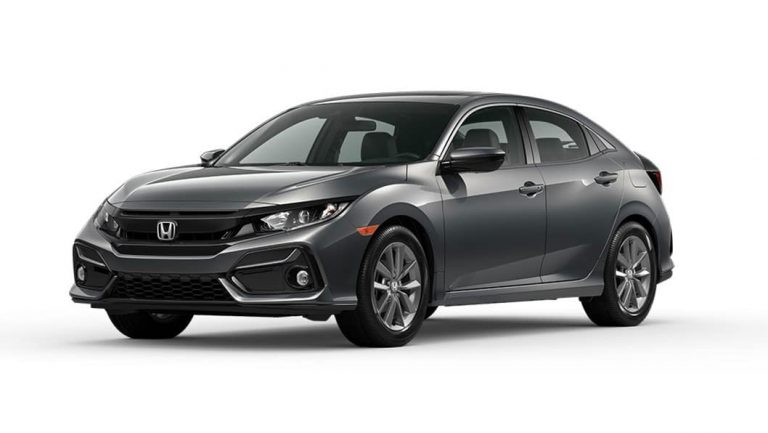Honda is a Japanese company, so it uses the metric system. The metric system is used in most countries, so this makes sense. In the United States, the standard system is used, so Honda has to convert its measurements.
This can be confusing for customers, but Honda does provide a conversion chart on its website.
In America, we typically use the Standard system of measurement. This includes things like inches, feet, miles, etc. However, in many other countries around the world, the Metric system is used instead.
So what does this mean for Honda?
Well, actually Honda uses both systems depending on the market they are selling to. For example, in America they will use Standard measurements while in Europe they will primarily use Metric measurements.
This can be confusing for customers and even employees at times!
The important thing to remember is that no matter what system Honda is using at any given time, they are always striving to provide quality products and services. So whether you’re looking at a car’s odometer in kilometers or miles per hour, you can rest assured knowing that Honda has your best interests in mind.

Credit: www.common-motor.com
Does Honda Use Metric Or Standard Parts
Honda vehicles are manufactured with both metric and standard parts. The company uses internationally recognized standards for the majority of its components, which allows Honda to source parts from suppliers all over the world. For example, the company’s engines are built to ISO 9001 standards.
However, some parts are still sourced domestically in order to maintain quality control.
What is the Difference between Metric And Standard Parts
There are many types of measurements that people use every day. The two most common systems in the world are the metric system and the standard system. Both systems have their own set of units for length, weight, area, volume, and more.
In addition, both systems have been around for a long time and are still used today. The metric system is based on the meter, which is about 39 inches. This system was developed in France during the 18th century as a way to simplify measurement across Europe.
The metric system spread quickly and is now used by most countries in the world (with a few notable exceptions like the United States). The International System of Units (SI) is an extension of the metric system and includes additional units like Kelvin (for temperature) and Candela (for light intensity). The standard system is based on foot/inches/pounds or some other similar variation.
This system was developed in England during the 19th century as a way to simplify measurement within the British Empire. The standard system spread quickly throughout English-speaking countries and continues to be used today (again with a few notable exceptions like Canada which uses metrics for almost everything). So what’s the difference between these two systems?
Well, first off they use different units for measurement. In addition, they were developed at different times by different countries. However, one big difference is that the metric system is much more logical than imperial measurements.
For example, it’s MUCH easier to remember that there are 1 0 0 c m in 1 m than it is to remember how many inches are in a mile! Additionally, the metric s system has been officially adopted by far more countries than imperial measurements. So if you’re looking for an international standard, go with metrics!
Why Does Honda Use Metric Parts Instead of Standard Parts
There are a few reasons that Honda, and other Japanese automakers, use metric parts instead of standard (SAE) parts. The main reason is that the metric system is used more widely around the world than the standard system. This makes it easier for Honda to source parts from suppliers in different countries.
Metric parts are also generally cheaper than their standard counterparts.
Another reason for using metric parts is that they tend to be more precise than standard parts. This is due to the fact that the metric system is based on powers of ten, while the standard system is not.
This allows for smaller tolerances when manufacturing metric parts, which leads to better overall quality control.
Finally, many Honda engineers simply prefer working with metric measurements over standard measurements. They find it to be a more logical and straightforward system.
Metric vs Standard, Imperial or SAE – Wrenches, Sockets, Bolt Size Chart + Mechanic Math
What is the Difference between Metric And Standard
There are a few key differences between metric and standard measurements. The first difference is that metric measurements are based on the International System of Units (SI), while standard measurements are not. This means that metric units are more uniform across different countries, and they are also more commonly used in scientific settings.
Another difference is that metric units tend to be smaller than standard units. For example, one meter is about 39 inches, while one foot is 12 inches. This can make it easier to work with very small or very large numbers when using the metric system.
Finally, conversions between metric and standard units are usually simple ratios (e.g., 1 m = 3.28 ft), while conversions between different standard units can be more complicated (e.g., 1 yd = 3 ft).
Overall, the main advantage of the metric system is its simplicity and international consistency.
Conclusion
Honda vehicles are manufactured with both metric and standard bolts and screws. The company uses metric measurements for the majority of its parts but relies on standard measurements for some smaller components. This mix of measurement types helps Honda keep its costs down while still providing high-quality products to its customers.





